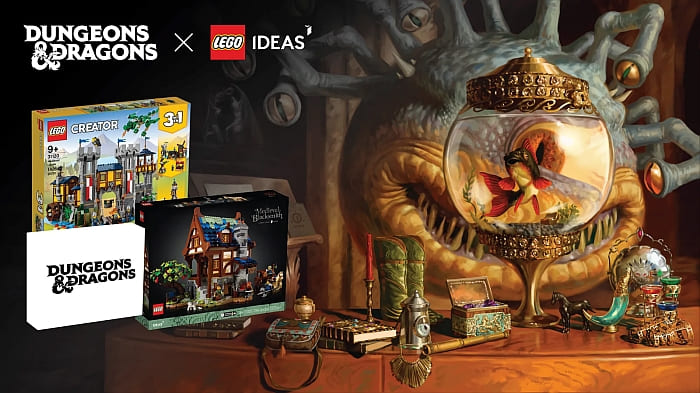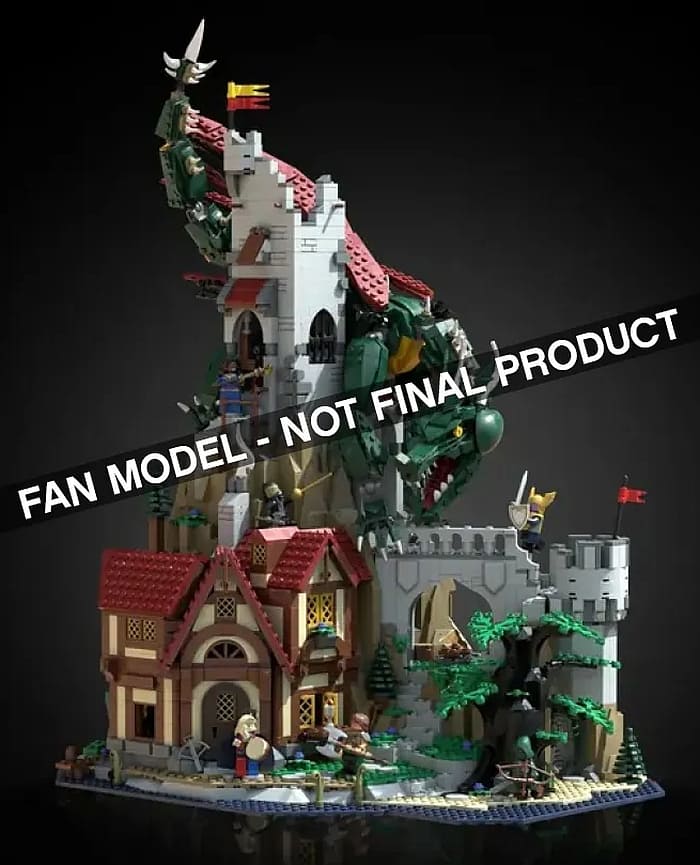There are a few newly released miscellaneous LEGO sets that we haven’t talked about yet, but I wanted to make sure you’re aware of them as they are quite nice. So, let’s take a look!
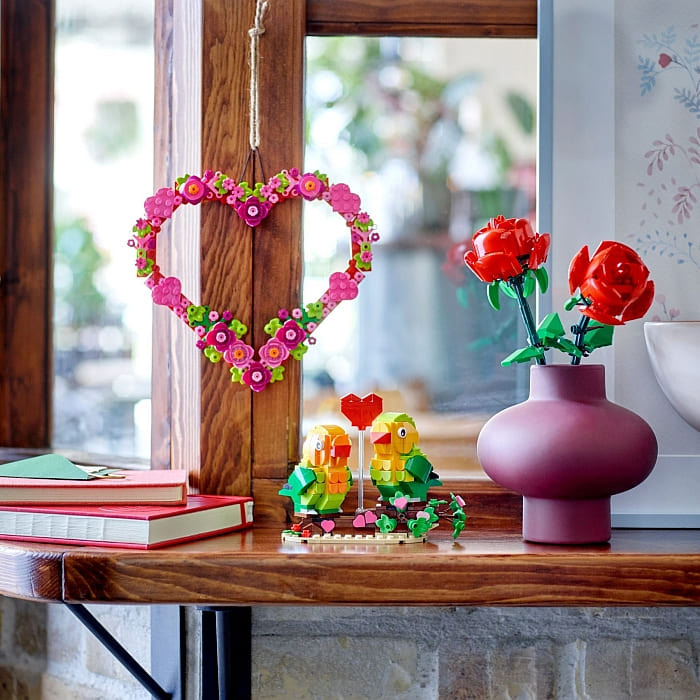
The #40638 LEGO Heart Ornament can decorate a home or office for Valentine’s Day, Mother’s Day, Father’s Day, or any time. The set features 254 pieces, including a hanger element and extra accessories for customizing the heart. The building instructions and packaging include two images to inspire decorating. The heart, including the hanger, measures over 7 in. (19 cm) high and 7.5 in. (20 cm) wide. This lovely set only costs $12.99. Available at the miscellaneous items section of the Online LEGO Shop.

Another lovely set that’s perfect for Valentine’s Day (or any other occasion) is the #40646 LEGO Daffodils with two yellow and two white flowers. You can display the brick-built flowers in a vase, or combine them with other LEGO flower sets, such as the #40460 LEGO Roses, #40461 LEGO Tulips, and #40524 LEGO Sunflowers. Each daffodil measures over 11 in. (30 cm) tall, and the price is also $12.99. Available at the miscellaneous items section of the Online LEGO Shop.
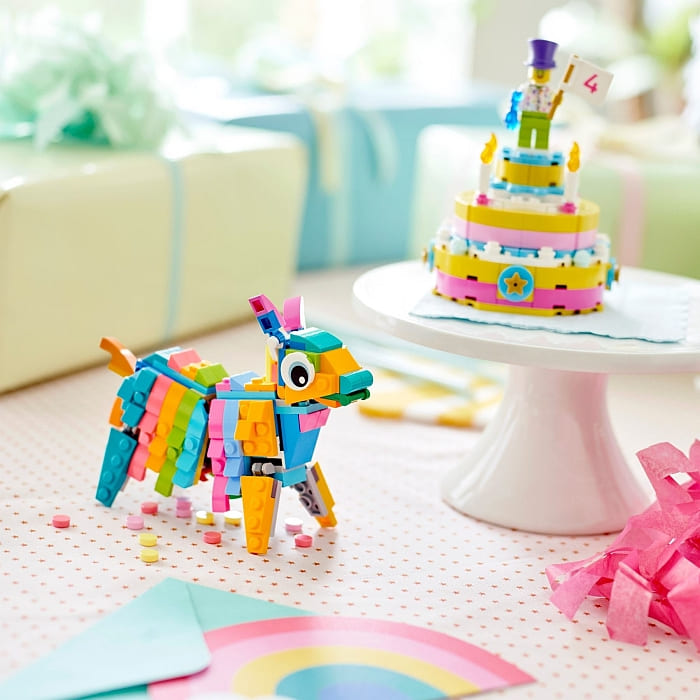
The #40644 LEGO Piñata measures over 3.5 in. (10 cm) high, 5.5 in. (5 cm) wide, and 2 in. (5cm) deep and can be given as a party gift at any time of year. The traditional Mexican party game comes in the form of a colorful donkey with a poseable head, neck, tail, legs, and ears. The Piñata can be used to store small LEGO bricks to replicate candy inside it, which will fall out when opened at the bottom to the delight of kids and adults. This set makes a wonderful showpiece at any celebration and an attractive item for display. The price is only $9.99, and the set is available at the miscellaneous items section of the Online LEGO Shop.
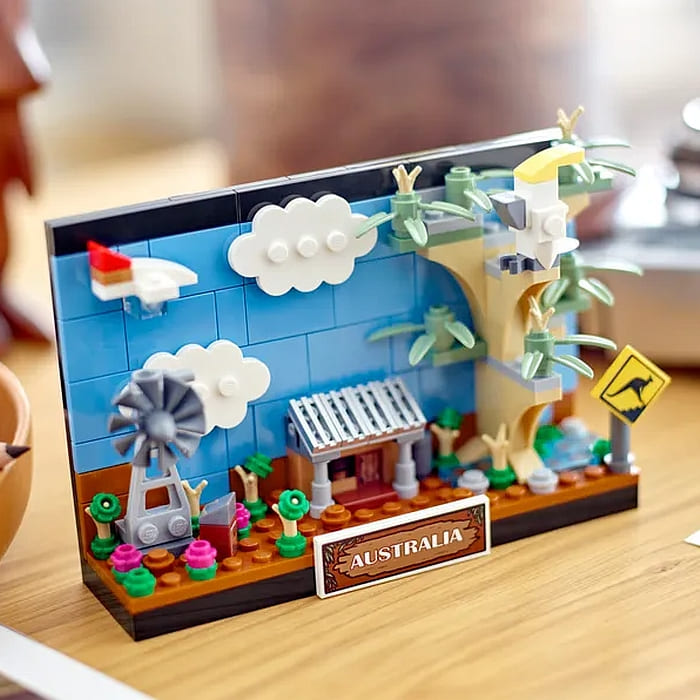
The #40651 LEGO Australia Postcard follows the layout of the previously released LEGO Postcard sets with interesting forced-perspective and 3D building techniques. The set features some of the outback’s most famous sights, including a shed, windmill, eucalyptus tree, desert flowers, and a cockatoo. The overall display measures 4 in. (10 cm) high, 5.5 in (15cm) wide, and 1.5 in. (5cm) long. I have seen LEGO fans make some excellent and sophisticated displays with these postcard sets, so it’s worth checking them out. The price is only $14.99 and the set (along with the previously released LEGO Postcard sets is available at the miscellaneous items section of the Online LEGO Shop.

We already talked a bit about the new LEGO Chinese New Year sets, but it’s worth mentioning them here again. The collection includes the #40648 LEGO Money Tree for $24.99 (see above), the #80110 LEGO Lunar New Year Display for $89.99, and the #80111 LEGO Lunar New Year Parade for $129.99 (see below). The Chinese New Year sets are always full of unique printed pieces, unusual elements and colors, and exclusive minifigures. You can find them at the miscellaneous items section of the Online LEGO Shop.
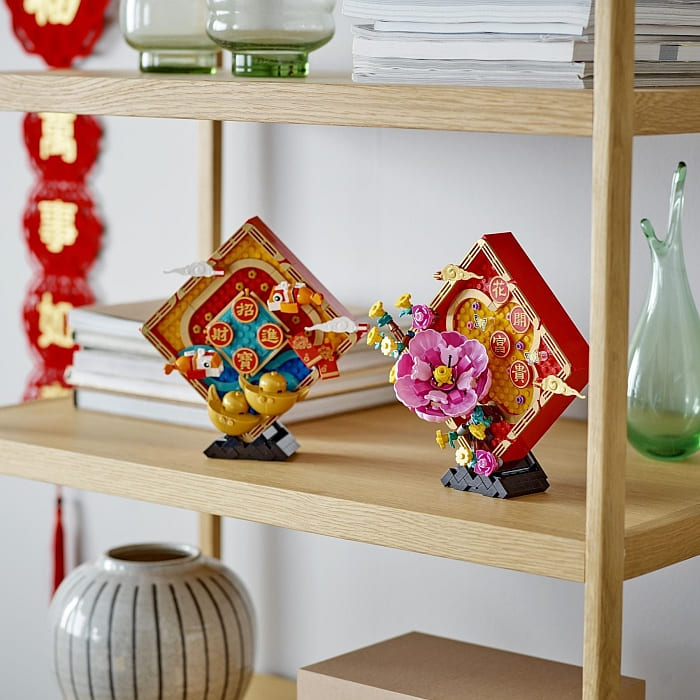

What do you think? Are you planning to get any of these interesting new sets? Feel free to share your thoughts and discuss in the comment section below!
And you might also like to check out the following related posts:
- LEGO Creator Postcard Sets Collection Overview
- Two More LEGO Botanical Sets with Pretty Flowers!
- LEGO Botanical Collection: Bird of Paradise Review
- LEGO Roses & Tulips Review
- LEGO Flower Bouquet Review & Thoughts
- LEGO Bonsai Tree Review & Thoughts
- 2023 LEGO Chinese New Year Sets
- January 2023 – New LEGO Sets & Promotions
➡ LEGO SHOP IN USA: Online LEGO Shop USA
➡ LEGO SHOP IN CANADA: Online LEGO Shop Canada
➡ LEGO SHOP IN UK: Online LEGO Shop UK
➡ LEGO SHOP AUSTRALIA: Online LEGO Shop Australia


